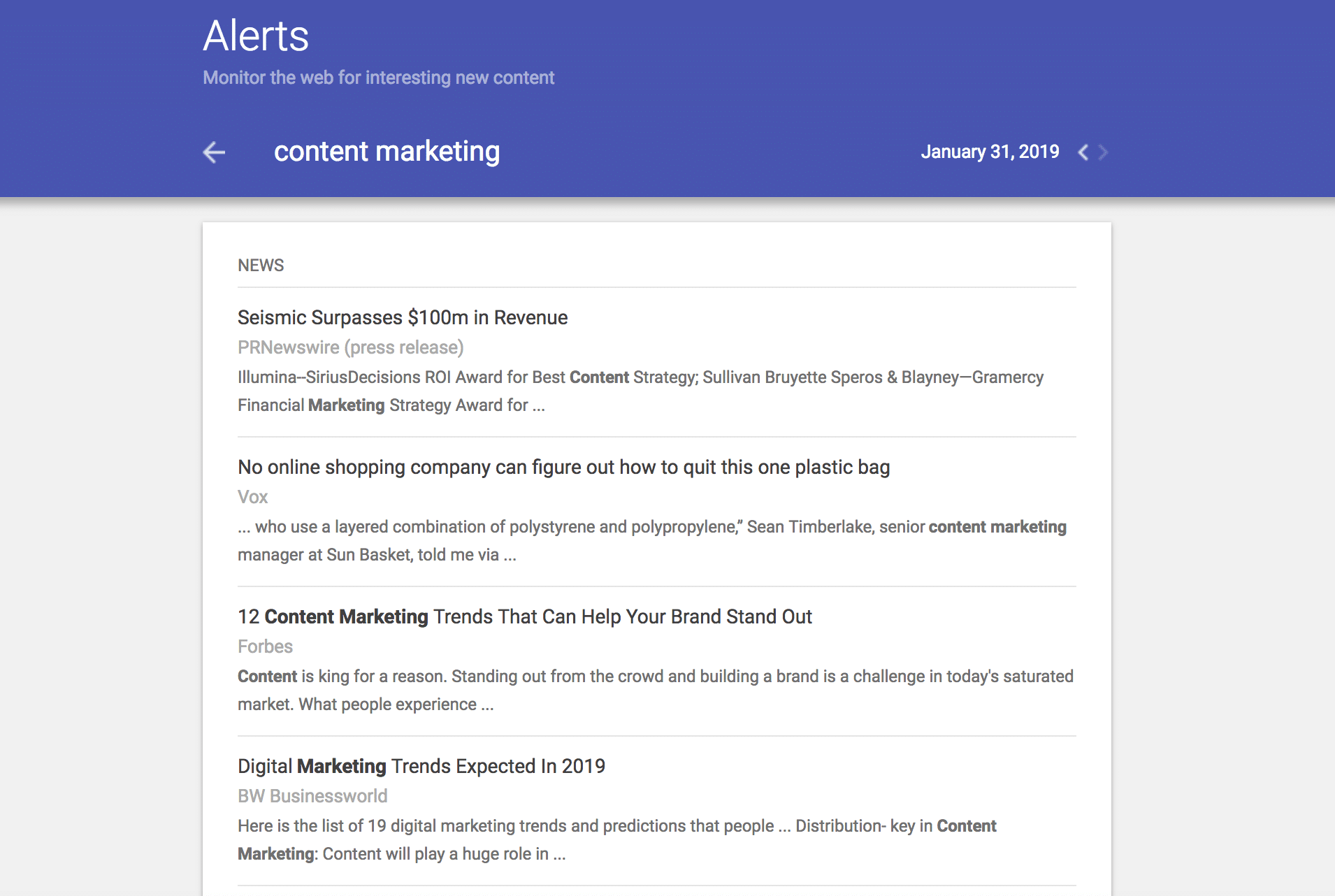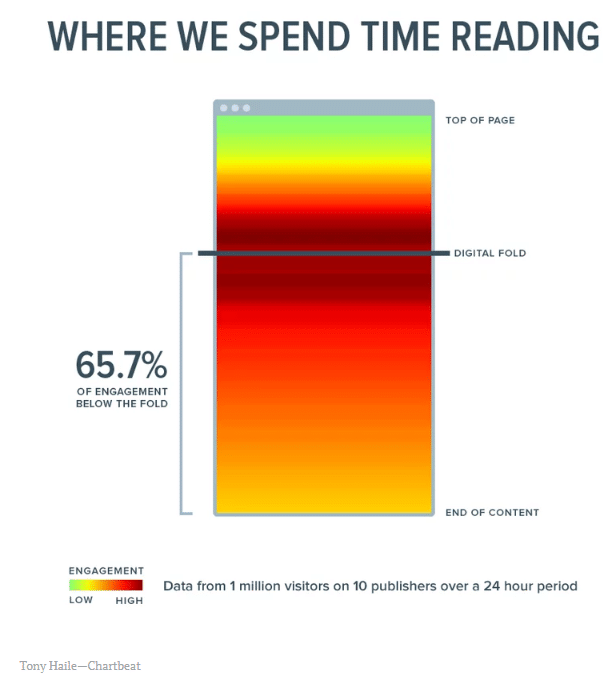Streamline your article writing with these content strategies
Blogging and article writing is a key content marketing component for both B2B and B2C brands. And it’s all because this free, informative, and engaging content drives real results. Marketers that prioritize blogging are 13 times more likely to achieve a positive ROI as a result—just to give you an idea of said results.
Blogs are a great way for brands to provide relevant information to their audience and establish themselves as thought leaders in their field. These pieces of content give them an approachable, yet professional air that consumers and other businesses are happy to interact with.
But writing articles isn’t always the easiest thing—especially when you don’t come to the table with extensive writing experience. There’s a reason there’s a whole college major dedicated to writing, after all.
But even if your marketing copywriting skills aren’t the best they could be, that doesn’t mean that your efforts are in vain. You can easily up your article writing skills and start churning out large quantities of valuable content in no time.
On average, it takes a little over three hours for professionals to write a blog post. But if you follow these guiding tips, you can cut that time down considerably and create professional, well-researched, and thought-provoking content that’ll drive your audience to action.
1. Sign up for Google alerts.
Streamline the content writing process by signing up for Google alerts. If you’re looking for new topics to write about, utilizing Google News and Google Trends can simplify the process as these resources can keep you updated without sapping your time in searching. No more scrolling through your Twitter feed and swiping through your favorite news sites.
Google makes it easy to find topics to write about, whether you want to write about a breaking news topic, give your opinion on a hot-button issue or stay on top of relevant news in your industry.
Generating powerful article ideas is one of the hardest parts of the writing process. But it’s the first step—one that you need to overcome before you can ever expect to get anything else done.

As you can see above, the Google alert screen is straightforward and easy to read. It makes staying on top of relevant posts a breeze, and it’s easy to see what types of content your competition is producing, letting you know if you need to step up your own game.
Utilizing these platforms can kick your article writing into high gear, pushing you to create content in no time.
2. Create a running list of article topics.
Whether you’re using Google, or you’re doing your own research, the first step in the process is obviously coming up with what you want to write about. That being said, you can simplify the process even further if you start a running list of topics that are ideal for publication at any time.
These evergreen topics are always relevant and always engaging. And if you keep a list handy, then you can be sure that the next time you sit down and write, you’ll save valuable time you would have spent sifting through news sources to generate ideas.
The best way to go about this is to write all of your ideas down in an organized way. Whenever you have an idea, record it for later.
Similarly, you can take some time every day or every week to brainstorm topics. This can be in your downtime or when you’re looking for a brain release from other digital marketing and email campaign work.
3. Create a basic article formula.
As any seasoned content marketer and writer knows, a proper outline is a lifesaver. Most writers start out their process with an outline. If your article writing team doesn’t already integrate this strategy, it’s time to hop on board.
It’s important to start with a very simple, standardized outline. This not only ensures that all posts look and feel the same, but it streamlines the content marketing writing process entirely.
If you can plug in a few things, remove a few points, and then customize the standard format to each and every topic, you’ll be able to eliminate that entire preliminary step of creating the outline in the first place.
Whether you have a standard format for all posts, or you’ve created one for this specific piece of content, it’s important that you have an outline in place. This makes it easier to get all your ideas across. It also helps you remember key points you may have otherwise forgotten if you had just jumped into writing without any strategizing beforehand.
Don’t let brain gaps and a forgetful memory make it harder for you to build an awesome article. Starting with an outline is the easiest way you get all of your information down on paper in the quickest time possible.
4. Move forward with research.
43% of readers admit to only skimming blog posts. And for most readers, they just scroll past the top page and 66% of their attention is spent below the fold. That’s because they just don’t have the time or energy to dive head first into this content.

But the best way to encourage interactivity and drive readership? Through well-researched content full of valuable insights and statistics.
It’s important that your blogs are informative and engaging. But this step of the process can slow you down if you don’t attack it the right way. To streamline the overall article writing process, you should take your created outline and fill it with effective research. Gather all the relevant information you need, find examples, and write down statistics.
When you use this step in combination with an outline, you get an even better idea of the topic you’re writing about. And the more informed you are, the quicker and easier it will be to actually sit and write it all down.
Get your blogs written — and written fast. Infuse it with high-quality information right from the start and the article will essentially write itself.
5. Write first, edit after.
When it comes to writing articles, it’s important to write first and edit later.
It’s very easy to get lost in the editing, and if you edit while you write, it’ll simply take you longer to finish your piece. And then you’ll still have to go through a phase of editing anyway! This just eats up time that you could be using on other (more necessary) tasks.
When you hold off the editing until the end of the process, you ensure that your mind is clear and focused throughout both ventures.
And you need to be focused on the facts and the data when you’re writing. You need to tell a story. You need to use your words to make an impression. If you try to stop and edit, you’ll lose track of your thoughts. And that means that it’ll take you even longer to remember them.
Similarly, you can easily miss a mistake if you’re editing during the writing process. You need a break from your writing if you’re expected to actually edit it. Content requires fresh eyes, so editing while you’re writing will only lead to more errors that you or others will have to fix later.
Don’t waste time—edit later.
6. Consider repurposing older content first.
If all else fails, the best way to get content out there is by repurposing old content. A lot of the information out there is repetitive or duplicate. Your blog or website can be suffering from the same.
Not only is repurposing this old content good for SEO purposes, but it can also be a great way to streamline the writing process and promote relevant, updated content to your audience.
It’s likely that your readers aren’t going back years to read your old posts. So there really isn’t any harm in taking what’s old and making it new again. Repurposing old content is a tried and true SEO tactic to drive more organic traffic to your website. It’s good for everyone, really.
Providing valuable content to your readers is obviously important in content writing. So take a look at what you’ve written before and ask: Is it relevant? Are the statistics updated? Is the content still true?
Sometimes, it’s better to fix old content than it is to create new articles. All of your content should be authoritative. These blogs are how your audience sees you. You don’t want them to see your old, outdated content, and presume the same about your brand and knowledge.
Wrap up
Article writing can be a long, grueling process. It takes time, energy, and resources your marketing team just might not have. So it’s important that you streamline this blog writing process as much as possible not only to increase efficiency, but to keep traffic high.
Also, make sure you set up alerts and keep a running list of topics. From here, ensure that you have a well-researched outline to jump off from. Write first, then edit. And if all else fails, you should try giving your old content a look first and give it an update.
MOST RECENT ARTICLES
Want to engage your audience and grow your brand? Try Emma's robust easy-to-use product today.













